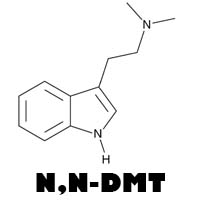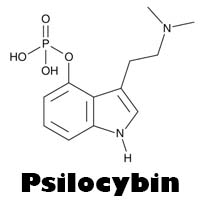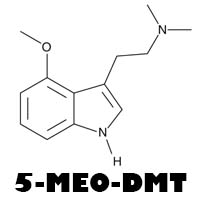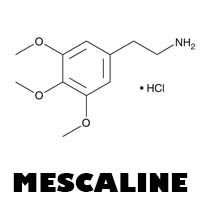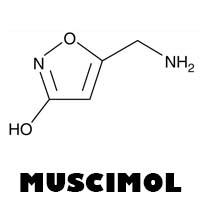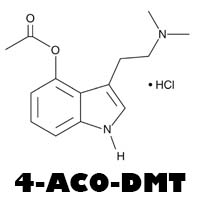Psychedelics and Creativity: Scientific Insights
Psychedelics have long been associated with enhanced creativity, inspiring artists, writers, musicians, and thinkers throughout history. Recent scientific research is beginning to uncover how these substances influence creative processes and brain function. In this article, we'll explore the scientific insights into how psychedelics can enhance creativity.
Understanding Creativity
Creativity involves generating new ideas, solutions, or artistic expressions. It encompasses both divergent thinking, the ability to generate multiple ideas and solutions, and convergent thinking, the ability to find the single best solution to a problem.
How Psychedelics Affect the Brain
Psychedelics primarily interact with the brain's serotonin receptors, particularly the 5-HT2A receptor, leading to changes in perception, cognition, and emotional processing. These changes can create an optimal environment for creative thinking.
1. Enhanced Connectivity
Psychedelics increase connectivity between different brain regions, facilitating novel connections and ideas. This enhanced connectivity allows for greater communication between areas of the brain that don't typically interact, fostering creative thinking.
2. Reduced Default Mode Network (DMN) Activity
The Default Mode Network (DMN) is associated with self-referential thinking and the "default" state of consciousness. Psychedelics reduce DMN activity, leading to a more flexible and open state of mind, which can enhance creativity.
3. Increased Neuroplasticity
Neuroplasticity, the brain's ability to form new neural connections, is enhanced by psychedelics. This increased plasticity supports creative thinking by allowing the brain to reorganize and adapt more easily to new ideas and perspectives.
Key Studies on Psychedelics and Creativity
Several studies have explored the relationship between psychedelics and creativity, providing valuable insights into how these substances can enhance creative processes.
4. LSD and Divergent Thinking
A study published in Psychopharmacology investigated the effects of LSD on creativity. Participants completed tasks designed to measure divergent thinking after taking LSD. The results showed that LSD enhanced divergent thinking, allowing participants to generate more ideas and creative solutions.
5. Psilocybin and Artistic Expression
Research conducted at Imperial College London explored the effects of psilocybin on creativity and artistic expression. Participants who took psilocybin produced more detailed and imaginative artwork compared to those who took a placebo. The study suggested that psilocybin could enhance visual creativity and artistic output.
6. Ayahuasca and Problem-Solving
A study published in Frontiers in Pharmacology examined the effects of Ayahuasca on creative problem-solving. Participants who consumed Ayahuasca demonstrated improved performance on tasks requiring creative thinking and problem-solving, indicating that Ayahuasca can enhance cognitive flexibility and creativity.
Applications of Psychedelic-Enhanced Creativity
The potential of psychedelics to enhance creativity has implications for various fields and professions.
7. Artistic and Literary Creativity
Many artists and writers have credited psychedelics with inspiring their work. The enhanced visual and cognitive effects of psychedelics can lead to new artistic styles, innovative storytelling, and unique creative expressions.
8. Scientific and Technological Innovation
Scientific and technological fields can also benefit from psychedelic-enhanced creativity. The ability to think outside the box and approach problems from new angles can lead to breakthroughs and innovations in research, engineering, and technology.
9. Therapeutic Applications
Therapists and mental health professionals are exploring the use of psychedelics to enhance creative problem-solving and emotional expression in therapeutic settings. This approach can help patients find new ways to understand and address their mental health challenges.
Conclusion
Scientific research is shedding light on how psychedelics can enhance creativity by increasing brain connectivity, reducing DMN activity, and promoting neuroplasticity. These insights offer promising applications for artistic expression, innovation, and therapy. As our understanding of psychedelics and creativity continues to grow, these substances may play an increasingly important role in unlocking human potential and fostering creative breakthroughs.
Suggested Images for the Blog Post
- Enhanced Connectivity: Brain scans showing increased connectivity under the influence of psychedelics.
- Artistic Expression: Photos of artwork created under the influence of psychedelics.
- Divergent Thinking: Visuals of brainstorming sessions and idea generation.
- Scientific Innovation: Images representing scientific and technological breakthroughs.
- Therapeutic Applications: Pictures of therapy sessions involving creative expression and problem-solving.
